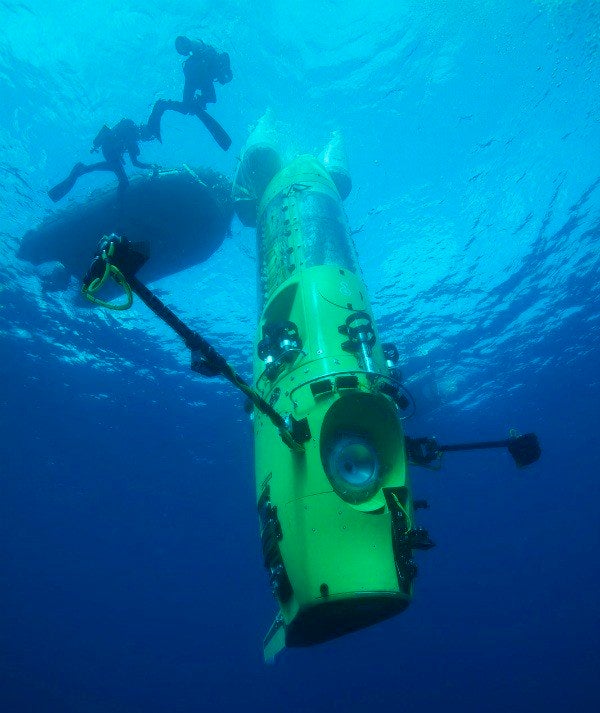
Pavlopetri is a settlement frozen in time, an ancient city dating back 5,000 years which has lain submerged under the sea for millennia off the south-east coast of Greece. It's a Bronze Age city untouched for over 3,000 years, a link between our prehistoric past and our modern present and a mystery just waiting to be discovered.
In 1967 an oceanographer, Dr. Nic Flemming, discovered the site when looking for evidence of sea level change in the area, and despite a plan of part of the site being done with simple tape measures in 1968, no further exploration of the site has ever been carried out. Until now. In 2011 I led a team from the British School at Athens in full collaboration with a team from the Hellenic Ministry of Culture to use 21st century technology to record and ultimately fully reconstruct this underwater Pompeii.
What this survey revealed to me was the sheer size of Pavlopetri; it covers an area about the size of eight football fields. And this was not a town of simple farmers, but a port city with a sophisticated society; a city of people living side by side in detached and semi-detached two storey homes along well-planned streets.
Larger apparently public buildings and evidence of complex water management systems were revealed. Homes had garden spaces, courtyards and hardscape features such as well-defined boundary walls. Dotted in between the buildings and sometimes built into the walls themselves over 40 stone-lined graves have so far been discovered. These contrast with a more organized cemetery discovered next to the beach just on the outskirts of the city.
In many ways life in Pavlopetri was similar to our modern suburban way of life.
Pavlopetri was part of the birth of a new type of city in Europe. Not one based around a god-like king or sacred palatial structure, but rather one based on trade and economics. As a port city, Pavlopetri was open to a heady mix of influences from the sea. Like modern coastal cities, its wealth was built on commerce and trade. And visiting traders guaranteed that the people of Pavlopetri were in touch with the latest innovations and at the cutting edge of current fashions and trends.
Despite the fact that its prime was 4,000 years ago, our discoveries continued to reveal how much Pavlopetri has in common with the modern port cities of today -- Liverpool, Shanghai, London, New York, San Francisco and Tokyo. This was a stratified society where people had professions. There were city leaders, officials, writers, merchants, traders, artists, craftsmen that included potters and bronze workers, soldiers, sailors, farmers and shepherds. And most likely slaves. Greek Bronze Age society was becoming hierarchical and very organized and sites like Pavlopetri demonstrate that everyone had a clear and defined role to play.
There is much about Pavlopetri that parallels life in our own towns and cities. We recovered the shards of everyday items such as cooking pots, crockery, jugs, storage vessels and grinding stones as well as finer drinking vessels, some used for making libation offerings to the gods and others probably simply kept to impress, and brought out when higher status guests paid a visit.
Scattered all over the seabed at Pavlopetri are the remains of hundreds of large storage vessels known as pithoi. These could have been easily loaded on and off ships and used to transport a range of commodities including olive oil, wine, dyes, perfumes and smaller items such as figurines and high status table wares.
Dense concentrations of these vessels at particular buildings suggest a form of centralized storage and presumably redistribution was also taking place at the site. Such an operation would have required an advanced level of administration and accounting to keep track of imports and exports. It would have required written documents and we can assume that in common with the finds of Linear A tablets from Minoan sites and Linear B tablets from Mycenaean sites -- the first evidence of writing in Europe -- some form of script was known and used at Pavlopetri, although no definite evidence has so far been found.
All of the world's major modern coastal cities owe their success to their relationship with the sea. All had at their heart a gateway to the sea and the rest of the world. Pavlopetri can perhaps be seen as the very first link in this chain which continues to this day.